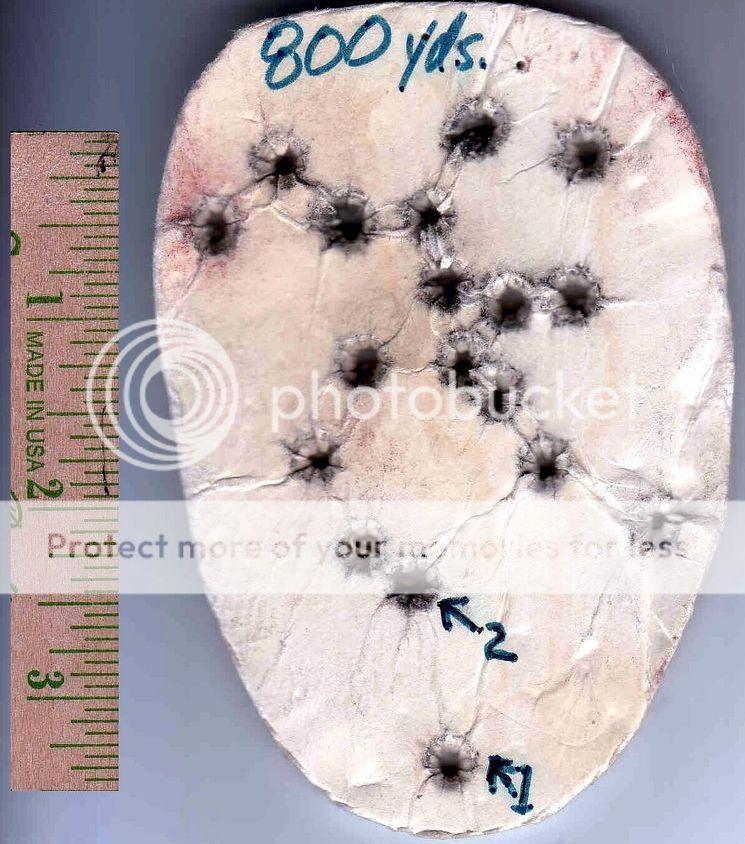Steve Sheasly
Well-Known Member
- Joined
- Dec 15, 2017
- Messages
- 184
Ok, here goes my ignorance -- ignorance is not stupidity. Stupid cant be fixed with knowledge or experiance, but ignorance can.
Broz used Redding precision shell holders to bump the shoulder back .004 to get zero then .006 bump for the perfect fit for his rifle. He explains that it is fired brass and that you do not want to feel any friction on the closing of the bolt. I agree with him that this would give you a pretty good zero.
But if the bolt will close on a fired brass case, it is fire formed to the chamber so why not just reload and shoot the once fired brass as it is? I do not think you can get a more perfect fit than this-------I am guessing that it is because from experience the brass will stick into the chamber right? If this is the case then why not bump it back one thousandth at a time and fire the rounds until they do not stick? Wouldn't this be the best fit possible? I know I would have to knock the brass out a few times but it should not do any damage to the gun.
But if the idea is to get the cartridge and chamber to fit perfectly as possible this should do it.
Broz used Redding precision shell holders to bump the shoulder back .004 to get zero then .006 bump for the perfect fit for his rifle. He explains that it is fired brass and that you do not want to feel any friction on the closing of the bolt. I agree with him that this would give you a pretty good zero.
But if the bolt will close on a fired brass case, it is fire formed to the chamber so why not just reload and shoot the once fired brass as it is? I do not think you can get a more perfect fit than this-------I am guessing that it is because from experience the brass will stick into the chamber right? If this is the case then why not bump it back one thousandth at a time and fire the rounds until they do not stick? Wouldn't this be the best fit possible? I know I would have to knock the brass out a few times but it should not do any damage to the gun.
But if the idea is to get the cartridge and chamber to fit perfectly as possible this should do it.


